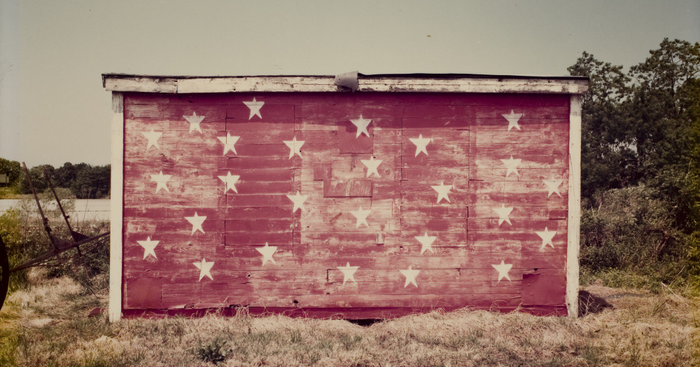
Silence and Echos
The Weisman presents a body of work in 3 parts exploring "silence"
This summer WAM presents Silence & Echoes, an exhibition celebrating the artistic representation and interpretation of the unobtainable goal of silence. In three sections, the exhibition attempts to touch upon silence and its qualities of self-reflection, memories, and aggression. Conceived and initially curated by the 2010 E. Gerald and Lisa O’Brien Curatorial Fellow Corinna Kirsch, the works gathered here encourage you to slow down, quiet your inner monologue, and listen to the art.
In the first section, Turning Inward and Disengagement, artists such as Edda Renouf, and Josef Albers aim to create art that fits the notion of less is more. Renouf‘s Miniature of Three Areas #4and Scratched Lines Running use minute and precise incised marks, inviting us to come closer for a more intimate view. Albers uses infinite lines, speaking to his belief in the value of entirely self-contained art. Both artists embody the qualities highlighted in this section.
In the second section, Silence and Echoes of Time and Memory, the art calls for echoes of past events. Here silence becomes an intentional act of communication, a picture speaks a thousand words. Featured artists include Stephen Shore, Lauri Anderson and Martha Rosler, who each call upon the past in unique ways and formats including pressed vinyl recordings.
The third section, Silence as Acts of Aggression, the artworks presented use silence as a means of communication through which aggression opens a relational space between the artwork and the viewer. Featured in this section is artist John Cage, known for his composition works, such as 4’3”, in which a pianist sits in silence at a piano for four minutes and thirty-three seconds and then retires, marking the end of the piece. This exhibition will include Cage’s work, Not wanting to Say Anything about Marcel, a piece made of screen printed text on Plexiglas that pays tribute to early twentieth century French artist Marcel Duchamp, who is renowned for works that question the role of art and the artist in society and history. Cage created this piece entirely through the logic of chance, deciding which words in a dictionary would be printed on Plexiglas by flipping a coin. This aggressive detachment in creation rids the work of the artist’s personal taste and expressing – essentially silencing the artist’s intention.
Not simply nostalgia, Silence & Echoes asks viewers to consider through the works on view, in a fully embodied and engaged sense, the changing nature of our experience with the world. Silence & Echoes asks us to consider the act of vacating, long associated with the summer months, as a kind of silence and turning inward and a strategy for understanding and navigating the personal and the social arenas of our day.
Find out what's up every week.
No spam. Just local art news and events straight to your inbox.